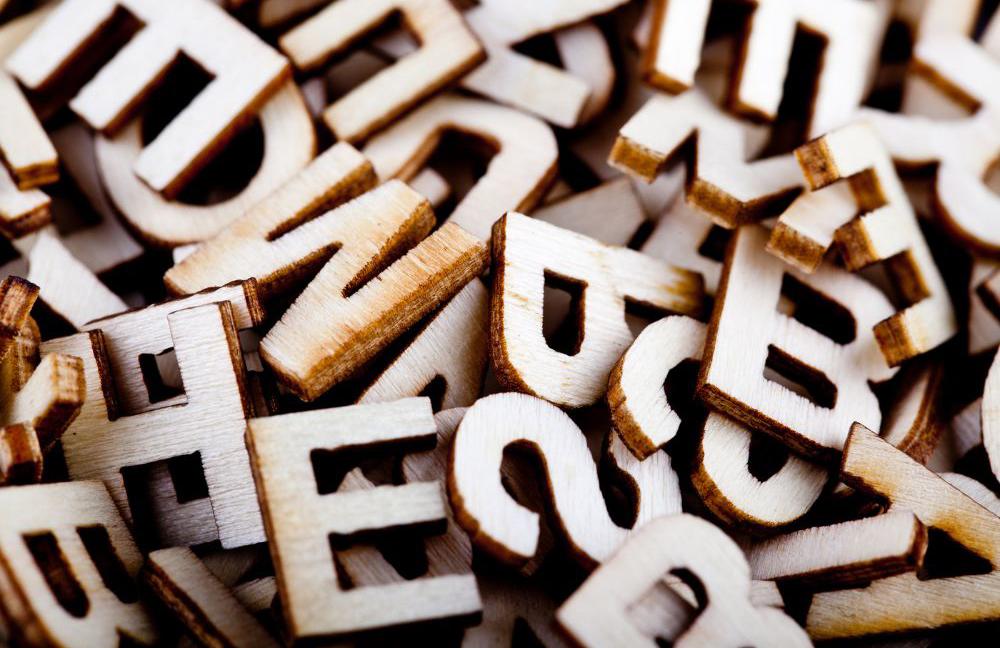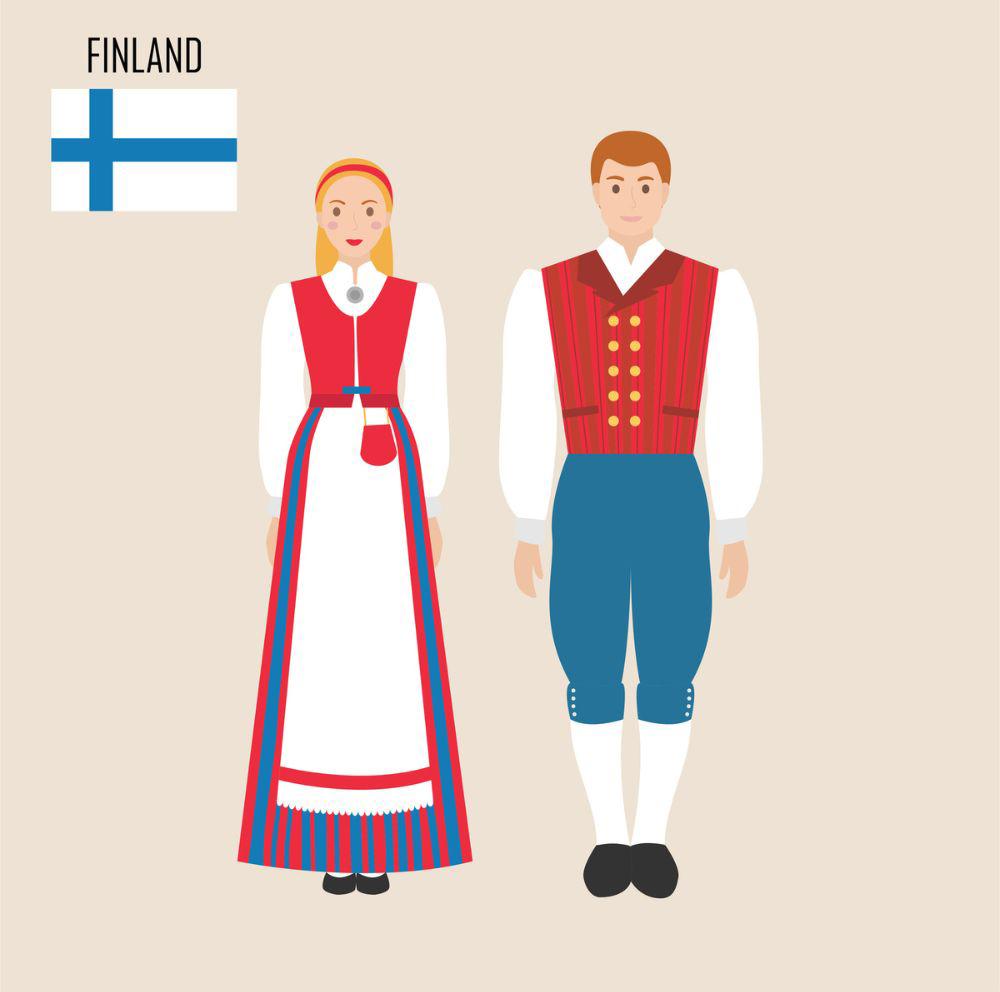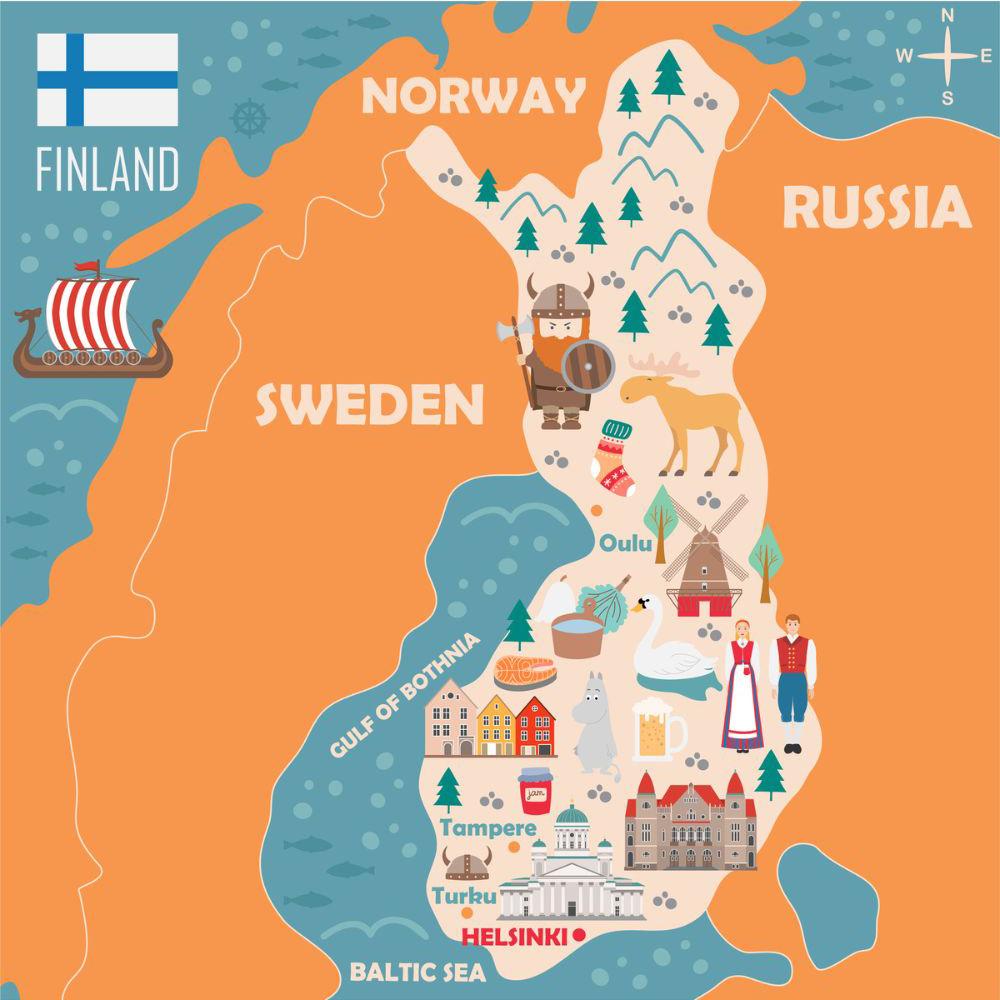Many languages don’t have an equivalent for the Finnish partitive case, making it challenging to grasp when learning Finnish as a foreigner.
If you have been scratching your head and sighing with frustration every time the partitive case pops up in examples and exercises, you’re not alone!
There is some good news too. While adjectives, nouns, and pronouns can be partitive, it does not affect verbs. I will finish this article by talking about how to form the partitive form from the word, but first, let’s talk about when you need to use it.
Since it might be near impossible to build a set of rules based on your own language, let’s try something different instead.
The easiest way could be to learn when Finns use the partitive, so I put together 6 situations you can learn by heart.

When to use the Finnish partitive case?
If you are not very familiar with the partitive, it is the case used when we are answering the questions “mitä” or “ketä”. In English, these words are translated as what and who. The key to partitive is that it usually implies a part of something or a quantity of something.
To give you an example, here are a few sentences:
Mitä sinä maalaat? = What are you painting?
Minä maalaan aitaa. = I am painting a fence.
Here I am suggesting that I am not painting the whole fence, in which case I would say: “Minä maalaan aidan”. It might also be that I am just saying I have not yet finished the job.
Mitä te syötte? = What are you eating?
Me syömme keksejä. = We are eating cookies.
You could compare this to “We ate all the cookies” which would be “Me söimme kaikki keksit”.
Ketä hän osoittaa? = Who is she pointing at?
Hän osoittaa Maijaa. = She is pointing at Maija.
Strangely, this is similar to the above examples, and we’ll talk more about it below. You can compare this with a sentence like “The teacher called Maija to her”: “Opettaja kutsui Maijan luokseen”. Although we don’t mean we point at only a part of a person and ask all of Maija to come to us, the example still calls for the partitive case.
A good example like this that is sometimes cited is “he shot the bear (dead)” which would be “hän ampui karhun (kuoliaaksi)”. You can compare it to “he shot at the bear” which is “hän ampui karhua“, a partitive!
So a lot can fit into one simple letter at the end of a Finnish word. And now that you know a little bit about the Finnish partitive and what we are talking about let’s learn the 6 situations where you need it!

#1 After a number or a word that suggests a quantity like many, few/a little, and half (monta, vähän, and puoli)
As we just discussed, the Finnish partitive suggests a part or quantity of something. So the most obvious place to use it is with actual numbers and words dealing with quantities!
Let’s look at some examples:
Tunnen kaksi suomalaista. = I know two Finns.
Lento Suomeen vie seitsemän tuntia. = A flight to Finland takes seven hours.
Suomalaisissa sanoissa on monta kirjainta. = Finnish words have many letters.
Tämän lukemiseen meni puoli tuntia. = Reading this took halfan hour.
Ready to speak finnish?

Join my praised free class and speak Finnish words in 20 minutes!
#2 After a partitive verb that affects the object
This is a little more tricky. What on earth are partitive verbs?
They are usually verbs where the doing has a “target,” and the verb’s object needs to be in partitive form. Previously we talked about pointing at Maija, for example. Learning the most common ones by heart might be good.
Here are some examples of the most common verbs that need to go hand in hand with a partitive case:
Minä rakastan Suomea. = I love Finland.
Ajan autoa. = I drive a car.
Odotan häntä. = I am waiting for him.
Ajattelen partitiivia. = I am thinking about partitive.
Inhoan valehtelua. = I hate lying.
Hän harrastaa viulun soittoa. = He enjoys playing violin as a hobby.
Hän arvostaa opettajaa. = She values the teacher.
Other verbs which require the partitive form include auttaa (help), häiritä (bother), ehdottaa (suggest), epäillä (doubt), etsiä (search), ihailla (admire), ikävöidä (miss), jatkaa (continue), juhlia (celebrate), katsella (watch), kehua (praise), kiittää (thank), kuunnella (listen), kokeilla (try), käyttää (use), soittaa (play), and suunnitella (plan).
This is not a complete list, but it will get you started!

#3 Partitive in a negative sentence
This one should be more straightforward. Partitive is used for negative sentences.
For example:
Minä en muista suomenkielen sanoja. = I don’t remember Finnish words.
Hän ei syö mämmiä. = He doesn’t eat mämmi.
En ymmärrä partitiivia. = I don’t understand the partitive.
Minulla ei ole aikaa.= I don’t have time.
Minä en ampunut karhua. = I didn’t shoot the bear.
The last example is interesting because it shows how much more general this rule is compared to others we went through. Remember the one-letter difference between shooting at a bear or shooting a bear dead? This time we don’t know whether the bear is dead or it was just shot at – the person who did shoot at the bear could even have missed completely!
#4 Partitive with speaking a language
This is another easy rule! When you speak or know a language, it’s in partitive:
Minä puhun suomea. = I speak Finnish.
Osaan myös englantia. = I also know English.
Maybe the Finns know you can never know a whole language, only parts of it…

#5 When you can’t count something, or you talk about a material, liquid or other “mass nouns”
Ainesana is a Finnish word that means things like food and drink, elements and materials, and some abstract concepts and feelings. This group includes water, chocolate, coffee, fire, sand, money, leather, love, and friendship.
You can often recognize these things as things you can’t count or things you can divide without changing. You can’t divide a dog or a car, but you can buy two dogs or cars.
Often these types of words need to be defined more if you want to count them. Even if you have a tiny bit of chocolate, it is still just as much chocolate, and a drop of water is the same as a glass of water. Dividing them doesn’t change them the same way.
Here are some examples of using the partitive case with these words:
Suomalaiset juovat aina kahvia. = The Finns always drink coffee.
Silmiini meni hiekkaa. = Sand got in my eyes.
Tämä on muovia. = This is plastic.
#6 When something that is happening is not complete
We are on to the last of the six situations where you need to use the Finnish partitive! This is one of the less obvious ones, but you got this far and can handle this one too.
We also use partitive when something still needs to be completed, but it is happening. We don’t have to know if it will ever be completed.
Me luemme blogia. = We are reading a blog.
Minä maalaan aitaa. = I am painting a fence.
And there you have it, 6 situations where you need to use the Finnish partitive. You now have a pretty good idea of what the partitive looks like in different sentences but before we finish on this topic, let’s quickly go over the main things you need to know about forming a partitive.

How to use the Finnish partitive endings?
Now that we know when to use it, how do we know what ending to add? There are quite a few things you need to learn about this to get it right every time, but I will go over some of the main things you need to know.
First, you need to look at how the basic form of the word ends. If it ends in one vowel, the ending for the partitive is usually a or ä.
For example:
Basic form – Partitive
Kissa – kissaa
Aita – aitaa
Viulu – viulua
Päivä – päivää
Isä – isää
Hotelli – hotellia
There are some exceptions to this rule.
When the word ends in e, the ending becomes tta or ttä. There are also some words where the word ends in i and the ending becomes ea or eä and others ta or tä or even tta or ttä.
Osoite – osoitetta
Viive – viivettä
Suomi – Suomea
Nimi – nimeä
Pieni – pientä
Kieli – kieltä
Vuosi – vuotta
Words ending with -nen get the ending sta or stä:
Nainen – naista
Iloinen – iloista
Huominen – huomista

Words ending in two vowels usually get endings ta or tä. Words ending in two vowels followed by an s end with tta and ttä.
Yö – yötä
Maa – maata
Rakkaus – rakkautta
Kauneus – kauneutta
The rest usually take the ending ta or tä:
Kaunis – kaunista
Puhelin – puhelinta
There is much more to learn, but I hope this summary will get you started and explains some of the most puzzling parts of using the Finnish partitive. Since it is so different from most other languages, it will take quite a while to get it right. The most important thing is to keep learning and not get frustrated.
If you found this article helpful or have any questions about the Finnish partitive, let me know in the comments!
Here are some other articles you might find interesting:
Best Finnish Language Learning Resources for Beginners
Unlock the Finnish Language Basics without Feeling Overwhelmed
Best Finnish Vocabulary Hacks with Complete Word Lists
Moving to Finland: Living in the 20 Largest Cities
FinNISH CONNECTION COLLECTION 🇫🇮

Finland-themed sweaters and accessories made-to-order. 🧡 Worldwide shipping.
References:
http://www.thefinnishteacher.com/partitiivi–the-partitive.html
https://www.askafinnishteacher.com/blog/how-do-i-tell-if-a-word-is-an-ainesana
Photo credits: depositphotos.com


Brian
Tuesday 9th of January 2024
Varpu, kiitos paljon tästä artikkelista. Luettelo on erittäin hyödyllinen!
Varpu
Monday 18th of March 2024
Kiitos Brian!
Mariko
Tuesday 28th of March 2023
It is very helpful, Kiitos!
Varpu
Thursday 30th of March 2023
Thank you so much, Mariko! I'm so glad!
Jimmy
Saturday 12th of November 2022
From Finland across the sea:
https://en.wikipedia.org/wiki/Finglish
Varpu
Friday 18th of November 2022
Love this wiki article! Kiitos, Jimmy!!!
Susan Lair
Friday 11th of November 2022
OMG, Varpu, this article is so helpful! I have been studying Finnish now since early 2019. I have taken your class for beginners and I practice on Duolingo every day. I have been trying to figure out all of the different endings in Finnish and this will really help me. Kiitos!!!
Varpu
Friday 18th of November 2022
Hei Susan, kiitos niin paljon! This comment made my day <3 You got this!